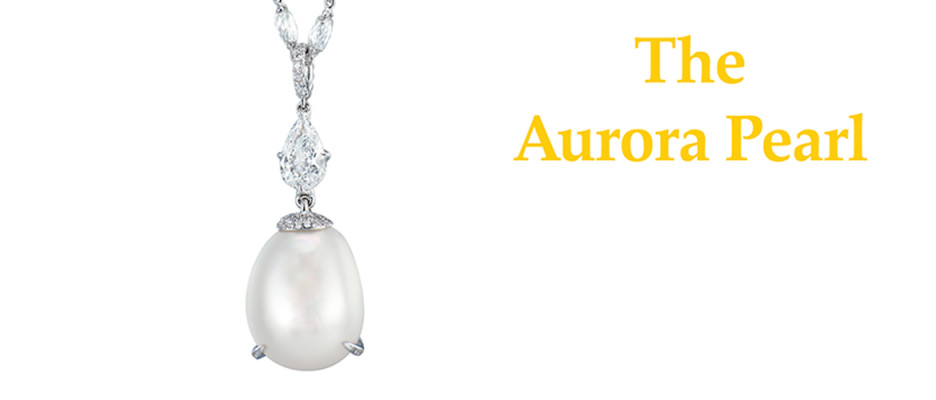
Auction of the exquisite Aurora Pearl
Paspaley’s ‘Aurora Pearl’ sold for almost USD $410,000, much more than the pre-estimate of USD $300,000, at the just concluded Christie’s Magnificent Jewels Auction in Hong Kong on November 26. Its size and shape combined with its exceptional lustre and radiant overtones make it one of the finest virgin (undrilled) natural pearls to be offered to the market in many years. The setting, designed by renowned designer Edmund Chin allows the pearl to be displayed without drilling to retain its natural perfection.
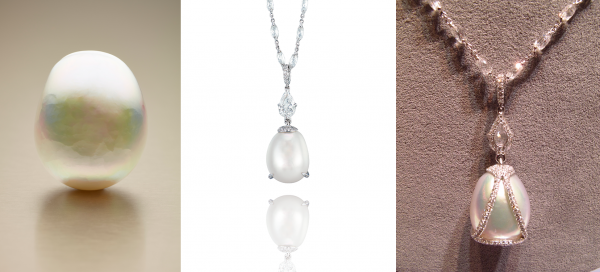
The Paspaley family has been engaged in pearling for four generations. The family migrated from Greece to Western Australia in 1919 and first settled in the tiny pearling port of Cossack where the matriarch of the family, Xrisafina Paspalis began trading in natural pearls. Xrisafina’s two sons and one of her daughters became master pearlers employing hard-hat divers to fish for wild Pinctada maxima oysters. The youngest son, Nick Paspaley MBE, acquired his first lugger in 1933. The expansion of his company was financed by the sale of a single fine quality natural pearl in 1936 and thereafter he was to discover more significant natural pearls, many of which he kept in a private collection.
Paspaley remains a family-owned company and has now been fishing for wild Australian South Sea pearl oysters (Pinctada maxima) for more than 75 years. Today, Paspaley, besides being renowned as the world’s leading producer of cultured South Sea pearls, has an unparalleled history of continuous operation in natural pearl fishery as well.
The Paspaley collection of natural pearls has been accumulated over nearly three quarters of a century and includes pearls that were discovered by the late Nick Paspaley MBE prior to the Second World War.
Over the years, pieces from the collection have been displayed in a number of renowned institutions including the American Museum of Natural History, the Field Museum and the Smithsonian Institute where some of the collection was displayed alongside La Peregrina and the Hope Diamond.
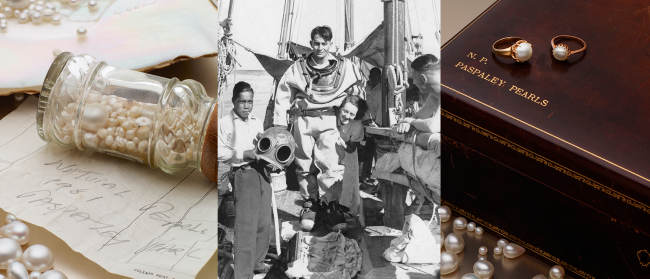
Throughout the ages, pearls have been treasured by civilizations all over the world. As pearl shell beds have become depleted, the focus of pearling activities has moved from one place to another with the discovery of new beds.
The fine quality of natural pearls from the Pinctada maxima oyster has long been recognized. The quality of a pearl’s nacre is reflected in the quality of its host shell and the beauty and value of mother of pearl from the Pinctada maxima surpasses all others.
As a result of a strict quota system and an isolated and pristine environment, Australia now has the world’s last significant beds of wild Pinctada maxima oysters. These conservation measures have resulted in pearl beds that are healthier than they have been for more than a century. Natural pearls of the highest quality are still occasionally discovered today.
Natural pearls are among the rarest of gems. Approximately 1% of wild Pinctada maxima yield a natural pearl but the overwhelming majority of these are very small or of indifferent quality. Fine quality natural pearls in large sizes are extraordinarily rare—in the order of one pearl in 10,000 to 20,000 oysters, and it must be remembered that Pinctada maxima are by nature a rare species requiring very specific environmental conditions in which to flourish.

To learn more about Australian South Sea pearls, see Australiansouthseapearls.com.
Photographs courtesy of Paspaley.
7 Response to The “Paspaley’s Natural Pearl”
Comments are closed.

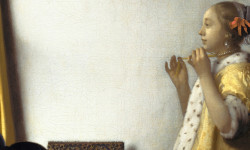
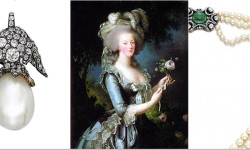
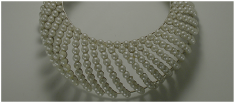
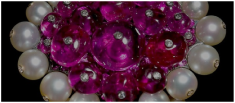
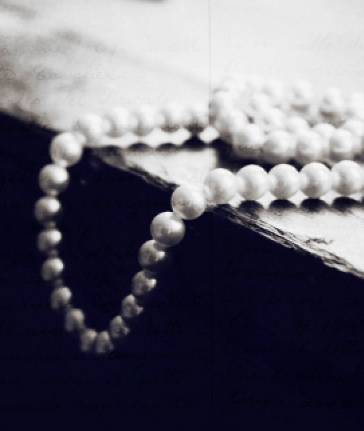
Tres belle histoire qui rappelle a quel point les perles (les vraies) sont si speciales et eternelles.
I just have to say that love this necklace. Wonder who bought it in auction? Is Paspaley selling natural pearls now.. I am a big fan.
The Aurora pearl is stunning, how fabulous that these natural pearls can remain intact and not be drilled for setting. The history of the Paspaley family is very interesting to read.
It’s pretty much impossible to tell the difference between a natural and cultured pearl by just looking at its outer appearance. The only way to make absolute certain whether a pearl is natural or not is to perform an x-ray of the internal structure of the pearl. A natural pearl may show growth lines where concentric layers of nacre have been added. Cultured pearls on the other hand will appear to have a perfectly rounded nucleus that’s surrounded by a halo of conchiolin and finally a thin outer layer. Almost all pearls sold today for jewellery making are cultured pearls and just like natural pearls they come in varying colours, shapes and grades of quality. So when it comes to purchasing pearls you can be sure that they will be of the cultured variety which means that they are real pearls made by oysters and are not artificial as many people think.
Naturally formed pearls are created randomly. The odds of finding an oyster with a precious pearl inside are very low. Had it not been for the invention of the cultured pearl, only royalty and the elite upper class would have the chance to own them. Really, cultured pearls have saved the pearl trade. Pearl farmers implant a foreign object into the mollusc or oyster and then oversee the creation process. After that, the formation of a pearl takes place. That process is the same whether cultured or natural. The only difference is the initial step of implantation.
Sometimes, the simplest and quiet designs like the Aurora shout the most. The beauty of the pearl is enough. Love, love that it was not drilled. Magical.
The most valuable pearls occur spontaneously in the wild, but they are extremely rare. These wild pearls are referred to as natural pearls. Cultured or farmed pearls from pearl oysters and freshwater mussels make up the majority of those that are currently sold. Imitation pearls are also widely sold in inexpensive jewelry, but the quality of their iridescence is usually very poor, and often, artificial pearls are easily distinguished from genuine pearls. Pearls have been harvested and cultivated primarily for use in jewelry , but in the past they were also stitched onto lavish clothing. Pearls have also been crushed and used in cosmetics, medicines, and in paint formulations.